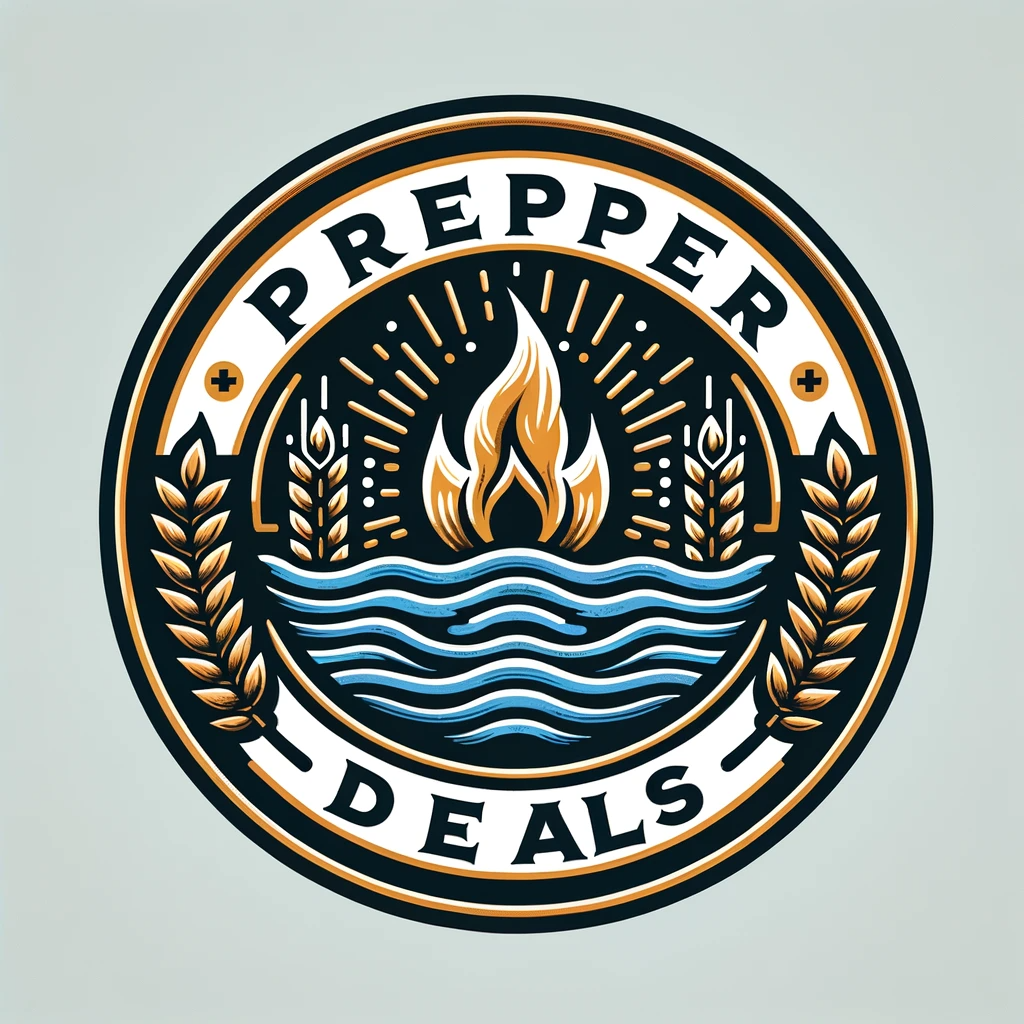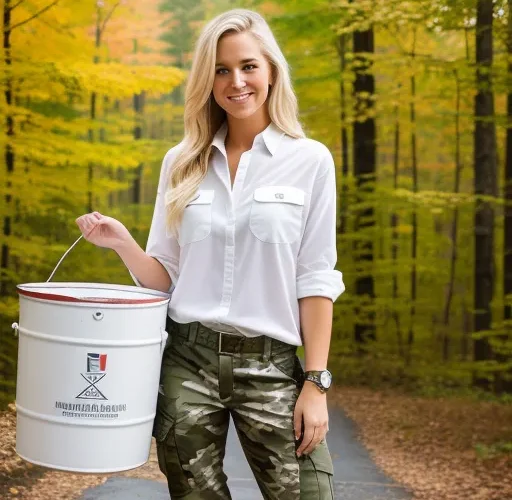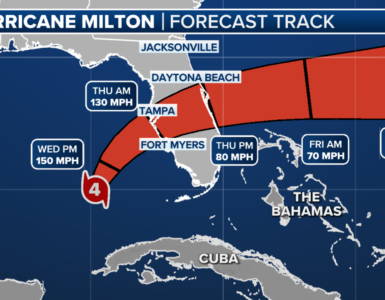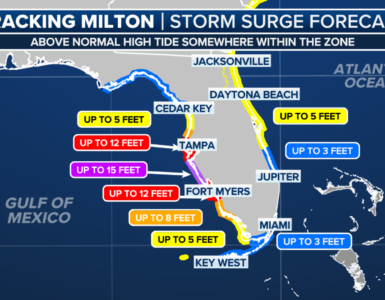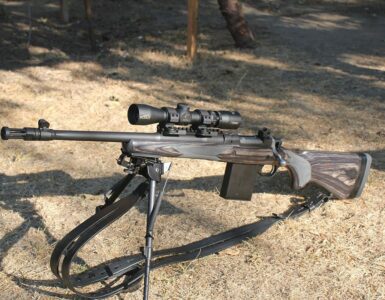Welcome to Bucket Prepper 101: A Comprehensive Guide. In times of emergency and disaster, being prepared is crucial. Having an emergency kit, also known as a survival kit, can make all the difference in ensuring your safety and well-being. In this guide, we will explore the importance of emergency preparedness, the role of a well-prepared emergency kit, the benefits of DIY (Do-It-Yourself) kits, and how to assemble your own 5-gallon emergency kit. We will also discuss essential items, food considerations, organizing your emergency kit, the importance of hygiene supplies and first aid kit, and additional items suggested by experienced preppers. Whether you are new to emergency preparedness or looking to enhance your existing kit, this guide will provide you with the knowledge and tools you need to take charge of your safety and preparedness. So let’s dive in and become bucket preppers!
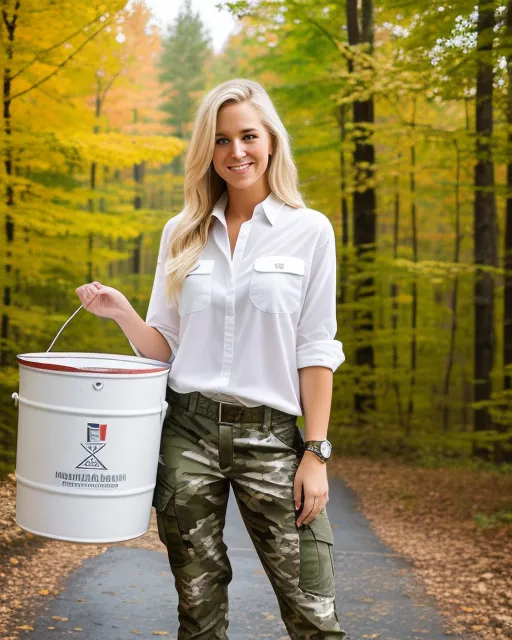
Understanding the Importance of Emergency Preparedness
When disaster strikes, being prepared can mean the difference between life and death. The importance of emergency preparedness cannot be overstated. Having an emergency kit, also known as a survival kit, is essential for being ready to handle a disaster situation. Whether it is a power outage, a natural disaster, or the need for evacuation, having a well-prepared emergency kit can provide you with the necessary supplies and resources to face any challenges that may arise.
The Role of a Well-Prepared Emergency Kit
An emergency kit plays a crucial role in ensuring your survival and well-being during a disaster situation. It is a collection of essential items that can sustain you when emergency services may not be readily available. A well-prepared emergency kit should include items that address immediate needs such as first aid supplies, food, water, and basic tools.
The primary purpose of an emergency kit is to provide you with the necessary resources to survive during a disaster situation. It is designed to help you navigate through the challenges of power outages, evacuation, or being stranded in an emergency situation. By having a well-prepared emergency kit, you can be self-sufficient for a certain period of time, allowing you to focus on your safety and the safety of your loved ones.
Furthermore, an emergency kit ensures that you have the essential supplies needed to address various emergency situations. It can provide you with first aid supplies to treat injuries, food and water to sustain you, and basic tools to assist in emergency repairs or survival tasks. Having these items readily available can make all the difference in keeping you safe and prepared during a disaster.
Benefits of DIY over Pre-Made Kits
While pre-made emergency kits are readily available, there are distinct benefits to creating your own DIY emergency kit. The ability to customize your kit based on your personal needs and preferences is one of the main advantages of a DIY kit. By tailoring your emergency kit to suit your specific requirements, you can ensure that it contains items that are essential to you and your family’s well-being.
Creating your own emergency kit also allows you to familiarize yourself with its contents. You will know where each item is stored, how to use them, and what purpose they serve. This familiarity can be invaluable during an emergency when time is of the essence and stress levels may be high.
In addition, DIY emergency kits offer flexibility and control over the quality of the items included. You can choose the food, water, and first aid supplies that meet your standards and address any dietary or medical requirements. This level of customization ensures that you have the specific resources you need to stay safe and healthy during a crisis.
Another advantage of DIY kits is the ability to easily replenish and maintain them. By assembling your own kit, you become familiar with its contents and know when items need to be replaced. This allows for regular inspections and updates, ensuring that your emergency kit is always up to date and ready for any situation.
Assembling Your 5 Gallon Emergency Kit
Assembling Your 5 Gallon Emergency Kit:
When preparing your 5-gallon emergency kit, consider items with a long shelf life. Look for options like Legacy Premium Food Storage or Mountain House products, ensuring they have a shelf life of at least one year. Include high-calorie food items like noodles and staples to keep you nourished during emergencies. When assembling your kit, remember to check online stores like Amazon for easy shipping and a wide selection of emergency supplies in gallon buckets.
Essential Items for Your DIY Disaster Preparation Bucket
When assembling your DIY disaster preparation bucket, consider including non-perishable food with a lengthy shelf life like Mountain House meals and Legacy Premium Food Storage. Ensure water purification methods and durable food storage pouches are packed for sustainability. Don’t forget essential first aid supplies, emergency blankets, a flashlight, multitool, duct tape, and hygiene products for versatility. Additionally, communication tools such as a whistle and a notepad are crucial for emergency signaling and documentation.
Tools to Include in Your Survival Kit
Enhance preparedness with a multi-purpose tool like a Swiss Army knife. Address various needs in emergency situations with a manual can opener and a sewing kit. Essential for survival are portable, lightweight, long-lasting light sources. Aid in communication and information access with a hand-crank radio, spare batteries, and a power bank. Ensure safety and hygiene with personal protective equipment such as gloves and masks.
Organizing Your Emergency Kit
When preparing your emergency kit, it’s essential to organize it efficiently for quick access. Start by categorizing items such as first aid supplies, non-perishable food like Mountain House pouches, and Legacy Premium Food Storage in gallon buckets. Consider the calorie count and shelf life of the food items, making sure they last for years. Additionally, include staples like noodles and checkout the shipping details for replenishing supplies. Organizing your emergency kit with these considerations will ensure you are well-prepared for any situation.
How to Categorize Items in Your Bucket
Organizing the contents of your emergency bucket is essential for preparedness. Categorizing items into food, water, first aid, tools, and comfort essentials aids in efficient organization. Prioritizing items based on urgency and importance ensures that you are well-equipped to handle any situation. Grouping items according to their function or disaster scenario enables quick retrieval during emergencies. Additionally, categorization facilitates the identification of missing or expired items, ensuring that your kit is always ready. Labeling and color-coding categories simplify navigation and utilization of the emergency kit, making it easier to access the required supplies when needed.
Ensuring Easy Access to All Items
To ensure effortless access to all items in your prepper bucket, place frequently used essentials at the top for quick retrieval. Utilize transparent pouches or containers for easy visual identification of contents, and employ a tiered storage system to optimize space within the kit. Secure items with Velcro straps or elastic bands to prevent displacement during transport, and regularly review and reorganize the kit to maintain accessibility and usability.
Food Considerations for Your Emergency Kit
When preparing your emergency kit, consider food options with a long shelf life, such as those with a 25-year shelf life like Mountain House products. Gallon buckets from Legacy Premium Food Storage are an excellent choice, providing ample servings and easy storage. Check the calorie count to ensure your kit provides sufficient energy. Staples like noodles and oz items can be purchased from Amazon for convenient shipping. When stocking your emergency kit, make sure to include all essential food items to sustain you through challenging times.
Selecting Long Shelf-Life Foods
When choosing foods for emergency survival situations, it’s essential to prioritize sustainability by opting for a long shelf life. Ensure that the items in your food bucket are suitable for long-term storage and can withstand disaster situations. Look for lightweight options with a long shelf life to include in your emergency survival kit. Consider factors such as calories, shipping, and staples while selecting long shelf-life foods for your gallon bucket. Additionally, you may want to explore options like Mountain House, Legacy Premium Food Storage, and noodles which can be found on Amazon.
Balancing Nutritional Needs and Taste Preferences
When choosing long-term food storage options, it’s essential to find items that prioritize both nutritional value and delicious flavors. Pantry staples should cater to both nutritional needs and taste preferences to ensure a well-balanced emergency food supply. Look for food bucket items that offer high calories and a year shelf life without compromising on taste. Consider options like Mountain House or Legacy Premium Food Storage, available in gallon buckets and offering a variety of delicious choices, from noodles to other meal options. Ensure to check for convenient shipping and purchase through reputable sources like Amazon.

Including General Supplies in Your Kit
When assembling your kit, consider the year shelf life of items like Mountain House dehydrated food in gallon buckets from Legacy Premium Food Storage. These provide high calories and are convenient for shipping. Include staples such as noodles, which come in various oz sizes and can be easily purchased on Amazon. Don’t forget to checkout our blog for more tips on assembling your prepper kit.
Importance of Multipurpose Items
When preparing your emergency kit, prioritizing multipurpose items is essential for versatility in various survival scenarios. Consider the shelf life of these items, such as Legacy Premium Food Storage with a year shelf life, Mountain House gallon bucket of noodles, and other staples rich in calories. These items can be found on Amazon and are worth checking out for your emergency survival kit shipping needs. Including multipurpose items ensures preparedness without the need for repetitive purchases or excessive oz of unnecessary supplies.
Commonly Overlooked Essentials
When preparing for emergency situations, it’s crucial not to underestimate the significance of duct tape. Sewing supplies and dryer lint are often neglected but essential for emergencies. Disaster preparedness should include commonly overlooked items. Make sure to include purification tablets in your survival kit; they are often forgotten but vital. These commonly overlooked essentials can significantly impact your preparedness for unexpected situations.
Prioritizing Hygiene Supplies and First Aid Kit
Prioritizing hygiene supplies is crucial for a bucket prepper. A first aid kit with a year shelf life should include bandages, antiseptic wipes, and medications for minor injuries. Consider adding hygiene products such as toothpaste, wet wipes, and menstrual items. Mountain house gallon buckets from Amazon can be repurposed for storing hygiene supplies. Legacy Premium food storage offers a wide range of products to meet these needs. Prioritize shipping first aid and hygiene staples. Check out the blog for more tips on prepping essentials.
Importance of Hygiene in Crisis Situations
In crisis situations, maintaining hygiene is crucial for health and safety. It plays a significant role in ensuring overall well-being and disease prevention. Hygiene also contributes to maintaining health and cleanliness, which are essential in challenging circumstances. By emphasizing the importance of hygiene, individuals can take proactive measures to stay healthy and prevent the spread of illnesses, ultimately improving their chances of survival.
Essentials of a Well-Stocked First Aid Kit
A well-prepared first aid kit should cover essentials for various emergency situations. Disaster preparedness requires key essentials, emphasizing their importance and necessity for handling emergencies effectively. Highlighting the essential contents, such as bandages, antiseptics, and medications, is crucial for disaster preparedness. Including items with a long shelf life, like medical supplies and wound care products, contributes to the effectiveness and reliability of the first aid kit.
Additional Items Suggested by Experienced Preppers
When enhancing your emergency kit, it’s wise to consider additional items recommended by experienced preppers. From emergency preparedness to disaster readiness, review and incorporate extra staples like Mountain House meals with a 25-year shelf life, Legacy Premium Food Storage in gallon buckets, and high-calorie noodles. These items can be easily purchased on Amazon, with convenient shipping options during checkout. By including these suggestions, you can elevate the preparedness of your emergency kit.
Is There Anything Else I Should Add?
Consider adding any additional items based on your specific circumstances. Take a moment to review and assess your emergency kit. Evaluate if there are any other items that should be included. Reflect on your kit to identify potential additions. Think about further preparedness items that could be added to your emergency kit.
Do I Have to DIY? What about Pre-Made Kits?
What are the advantages of pre-made emergency kits versus DIY options? Pre-made kits offer convenience and are ready to use in disaster situations, while DIY kits allow for customization based on individual needs. Both should include first aid supplies, food, and water. Creating a DIY kit can be cost-effective and tailored to specific requirements. Pre-made kits often have a long shelf life.
Download the List: 5 Gallon Emergency Survival Kit
A portable 5-gallon emergency survival kit is essential for evacuation scenarios. It should contain food, water, first aid, and tools for safety and sustenance. Opt for lightweight, long-term food options with a year shelf life, like Mountain House or Legacy Premium Food Storage. Consider adding nutritionally dense snacks, such as gluten-free pouches, to meet calorie needs. Don’t forget purification tablets for safe drinking water. Ensure all items can be easily purchased online, conveniently shipped to your location.

Frequently Asked Questions
What is a bucket prepper and how does it work?
A bucket prepper is a tool used for preparing and mixing ingredients. With its large plastic bucket, lid, and mixing tool, it allows users to easily blend ingredients for cooking or baking. Whether you’re bulk meal prepping or going camping, a bucket prepper can be a handy companion.
What are the benefits of using a bucket prepper for emergency preparedness?
Using a bucket prepper for emergency preparedness offers several benefits. It provides a convenient and portable solution for storing emergency supplies, keeping them organized and easily accessible. Additionally, it allows customization to fit specific needs and preferences. Ultimately, a bucket prepper saves time and money by ensuring all necessary supplies are on hand during an emergency.
How do you properly store food in a bucket prepper?
Properly storing food in a bucket prepper involves using food-grade buckets to ensure safety, storing dry, non-perishable foods like grains and beans, using Mylar bags and oxygen absorbers to prevent moisture and pests, and labeling each bucket for easy identification.
Can you use any type of bucket for a bucket prepper or are there specific requirements?
Not all buckets are suitable for bucket prepping. The ideal bucket is food-grade plastic with a tight-sealing lid. Clean and sanitize the bucket before use. It’s recommended to label the contents and date of preparation.
How long can food stored in a bucket prepper last?
Food stored in a bucket prepper can last varying lengths of time. Dry goods like rice, beans, and pasta, when properly stored, can last up to 25 years. Canned foods have a shorter shelf life but can still last up to 5 years or more. Regular rotation and inspection are important to prevent spoilage or infestation.
What types of food are best to store in a bucket prepper?
Long-lasting and non-perishable foods like dried beans, rice, pasta, canned goods, and dehydrated fruits and vegetables are ideal for storing in a bucket prepper. Remember to choose foods with a long shelf life and rotate your supply regularly to maintain freshness.
Are there any safety precautions to keep in mind when using a bucket prepper?
When using a bucket prepper, it is important to take certain safety precautions. Always wear protective gloves and eye-wear when handling chemicals. Use the machine in a well-ventilated area to avoid inhaling fumes. Follow the manufacturer’s instructions for mixing chemicals and using the prepper. Additionally, store chemicals and the bucket prepper out of reach of children or pets.
How do you rotate food in and out of a bucket prepper to ensure freshness?
To ensure freshness in your bucket prepper, use the FIFO method by placing new items at the back and using older items first. Label containers with purchase or expiration dates for easy tracking. Regularly check for spoilage or pests.
Conclusion
In conclusion, emergency preparedness is vital for ensuring the safety and security of yourself and your loved ones during a crisis. By creating a well-prepared emergency kit, you can have peace of mind knowing that you have the necessary supplies to sustain yourself in case of an emergency. DIY kits offer several benefits over pre-made kits, allowing you to customize your supplies according to your specific needs. When assembling your 5-gallon emergency kit, make sure to include essential items, tools, and prioritize organization for easy access. Consider long shelf-life foods, multipurpose items, and hygiene supplies when stocking your kit. Additionally, don’t forget to include a well-stocked first aid kit and consider additional items suggested by experienced preppers. Whether you choose to DIY or use pre-made kits, being prepared is key.
